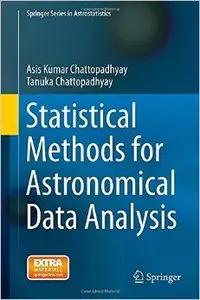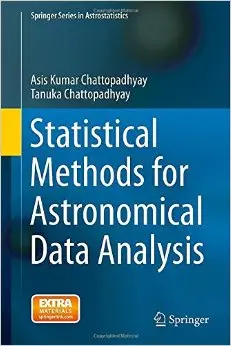Asis Kumar Chattopadhyay and Tanuka Chattopadhyay, "Statistical Methods for Astronomical Data Analysis"
English | ISBN: 1493915061 | 2014 | 364 pages | PDF | 3 MB
English | ISBN: 1493915061 | 2014 | 364 pages | PDF | 3 MB
This book introduces "Astrostatistics" as a subject in its own right with rewarding examples, including work by the authors with galaxy and Gamma Ray Burst data to engage the reader. This includes a comprehensive blending of Astrophysics and Statistics. The first chapter's coverage of preliminary concepts and terminologies for astronomical phenomenon will appeal to both Statistics and Astrophysics readers as helpful context. Statistics concepts covered in the book provide a methodological framework. A unique feature is the inclusion of different possible sources of astronomical data, as well as software packages for converting the raw data into appropriate forms for data analysis. Readers can then use the appropriate statistical packages for their particular data analysis needs. The ideas of statistical inference discussed in the book help readers determine how to apply statistical tests. The authors cover different applications of statistical techniques already developed or specifically introduced for astronomical problems, including regression techniques, along with their usefulness for data set problems related to size and dimension. Analysis of missing data is an important part of the book because of its significance for work with astronomical data. Both existing and new techniques related to dimension reduction and clustering are illustrated through examples. There is detailed coverage of applications useful for classification, discrimination, data mining and time series analysis. Later chapters explain simulation techniques useful for the development of physical models where it is difficult or impossible to collect data. Finally, coverage of the many R programs for techniques discussed makes this book a fantastic practical reference. Readers may apply what they learn directly to their data sets in addition to the data sets included by the authors.



